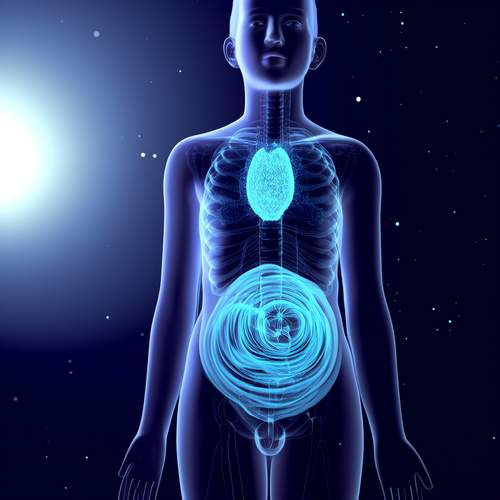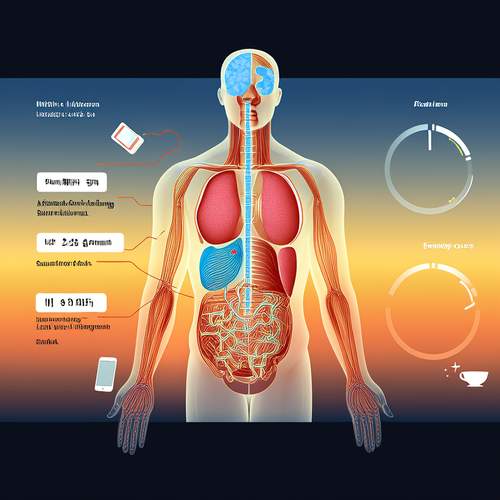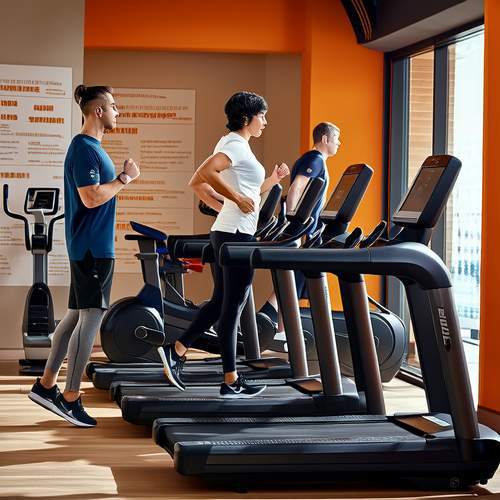Jet lag has long been the bane of international travelers and shift workers alike. The disruption to our internal body clock can leave us feeling exhausted, disoriented, and struggling to function at our best. While many view jet lag as an inevitable consequence of crossing time zones, emerging research suggests there are effective strategies to minimize its impact and accelerate adaptation to new time zones.
The human body operates on a finely tuned circadian rhythm, a roughly 24-hour cycle that regulates sleep-wake patterns, hormone production, and various physiological processes. This internal clock is primarily synchronized by environmental cues, particularly light exposure. When we rapidly cross multiple time zones, this synchronization is thrown into disarray, resulting in the familiar symptoms of jet lag. The severity of these symptoms depends on several factors, including the number of time zones crossed, the direction of travel, and individual differences in circadian rhythm.
Eastward travel typically proves more challenging for most people than westward journeys. This is because our internal clocks naturally run slightly longer than 24 hours, making it easier to delay our sleep cycle (as required when traveling west) than to advance it. The body can naturally adjust to about one time zone per day when traveling westward, but may struggle with even this pace when heading east. Understanding this fundamental difference is crucial for developing effective adaptation strategies.
Light exposure stands as the most powerful tool for resetting our internal clocks. Strategic timing of light and darkness can significantly accelerate adaptation to a new time zone. Bright light in the morning helps advance the circadian rhythm (useful for eastward travel), while evening light delays it (helpful for westward journeys). The exact timing depends on the number of time zones crossed and the direction of travel. Specialized calculators and apps can now provide personalized light exposure recommendations based on individual travel itineraries.
Melatonin, often called the "sleep hormone," plays a complementary role in circadian regulation. Small doses taken at strategic times can help shift the sleep-wake cycle in the desired direction. For eastward travel, taking melatonin in the early evening at the destination can facilitate earlier sleep times. Westward travelers may benefit from melatonin in the morning to help delay their circadian rhythm. However, melatonin timing requires precision - taking it at the wrong time can actually worsen jet lag symptoms.
Gradual adjustment of sleep schedules before departure can provide a significant advantage. For eastward travel, going to bed and waking up progressively earlier in the days before the trip can make the transition smoother. Westward travelers should shift their schedules later. Even partial adjustments of an hour or two can substantially reduce the shock to the system upon arrival. This pre-travel preparation is particularly valuable for business travelers or athletes who need to perform at their best shortly after arrival.
The timing of meals and exercise at the destination can serve as additional zeitgebers (time cues) to help reset the internal clock. Eating according to the new time zone's schedule, even if not hungry, sends important signals to the body about the local time. Similarly, morning exercise can help advance the circadian rhythm, while evening workouts may help delay it. These behavioral interventions work synergistically with light exposure and melatonin to accelerate adaptation.
Hydration and avoiding alcohol during flights are simple yet often overlooked aspects of jet lag management. Airplane cabins are notoriously dehydrating, and alcohol exacerbates this effect while also disrupting sleep quality. Maintaining proper hydration supports overall physiological function and makes it easier for the body to adjust to new time zones. Some frequent travelers swear by specific hydration protocols involving electrolyte solutions to optimize recovery after long flights.
For those who regularly cross time zones, maintaining a consistent routine becomes challenging but not impossible. Some international business travelers develop personalized systems that blend elements of different strategies based on their travel patterns. Others find that maintaining aspects of their home time zone's schedule works better for frequent short trips. The key is developing self-awareness about what works best for one's individual circadian tendencies and travel requirements.
Emerging technologies are making jet lag management more precise and personalized. Wearable devices can now track individual circadian rhythms and provide real-time recommendations for light exposure, sleep timing, and melatonin use. Some airlines are beginning to incorporate circadian science into their in-flight lighting systems and meal services. As our understanding of chronobiology advances, we can expect even more sophisticated tools for minimizing the disruptive effects of time zone changes.
While complete avoidance of jet lag may not be possible for most travelers, strategic application of these principles can significantly reduce its duration and severity. The most effective approach combines multiple strategies tailored to the specific travel scenario and individual preferences. With proper planning and implementation, it's possible to maintain peak performance across time zones and make the most of every journey.

By /May 21, 2025

By /May 21, 2025

By /May 21, 2025

By /May 21, 2025

By /May 21, 2025

By /May 21, 2025

By /May 21, 2025

By /May 21, 2025

By /May 21, 2025

By /May 21, 2025

By /May 21, 2025

By /May 21, 2025

By /May 21, 2025

By /May 21, 2025

By /May 21, 2025

By /May 21, 2025

By /May 21, 2025

By /May 21, 2025

By /May 21, 2025

By /May 21, 2025